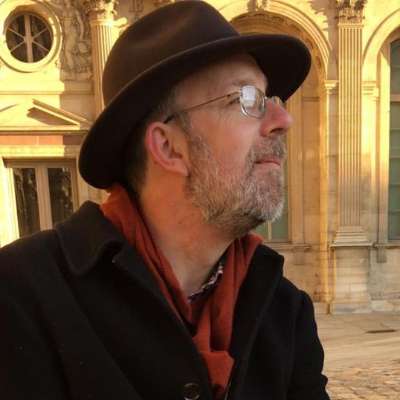Released from the incarceration of directorial prison walls, Fidelio can still make a most powerful impact on the concert platform. Despite formal evening attire – Rachel Willis-Sørensen's “Fidelio” in a trouser suit with her long hair tied back – the singers in Rome's Sala Santa Cecilia were as fully engaged as if they were in a staged production, singing without scores. Sir Antonio Pappano propelled the work forward with tremendous vigour, yet still found space to reflect upon the human dignity and the quest for freedom explored in Beethoven's only opera.
As in several of Beethoven's works – the transition from C minor to C major in the Fifth Symphony springs immediately to mind – Fidelio concerns the triumph of light over darkness. Rocco, the gaoler, describes the gloom in which the political prisoner, Florestan, is kept. Leonore, Florestan's wife who is masquerading as a man in a bid to try and rescue him, declares in her great scena, “Hope, let not your last star be exhausted; illuminate my path,” while in his subterranean cell, Florestan despairs “Gott! welch’ Dunkel hier!” (God! How dark it is here!). One of the most moving scenes occurs when Rocco and Fidelio release the prisoners for a brief stroll in the courtyard; the theme as they adjust to the sunlight (“O welche Lust”) is incredibly uplifting. With an absence of platform lighting effects, Pappano and his Orchestra dell'Accademia Nazionale di Santa Cecilia painted the chiaroscuro contrasts with the boldest of strokes.
Pappano had his six double basses ranked up along the back of the orchestra, grounding the sound in the hall's warmly reverberant acoustic and scrabbling energetically in Leonore's “Abscheulicher!” which also featured wonderfully lugubrious bassoon commentaries and some exciting, if not always spotless, horn playing. Veiled strings led us through a misty introduction to the “Mir ist so wunderbar” quartet, while a gleaming flute provided sunlight in a superb, muscular rendition of the Leonore Overture no. 3, inserted, as is common practice in staged performances, between the two scenes of Act II.
What looked a solid rather than an inspired cast on paper, delivered something considerably stronger in this second of three performances. Willis-Sørensen's soprano is on the lighter side than is often encountered as Leonore; it never quite fully bloomed at the top, but was decently sung. Simon O'Neill delivered a very fine prison scene as Florestan, his tight, bright tenor in clarion voice... it was well worth waiting until Act II to hear him. Günther Groissböck's impressed as a mellifluously-sung Rocco, his oaky bass sounding suitably rich, despite a sense that he was tiring towards the end of the evening.
Sebastian Holecek threatened to stretch the portrayal of prison governor Don Pizarro to pantomime villain proportions in his initial aria, barking out his lines and deliberately veering off-note in an almost Sprechstimme approach, but settled into something deeper – and more threatening – by focussing his dark baritone. Amanda Forsythe was a sprightly, pearly-toned Marzelline, while Julian Kim confirmed his promising, warm baritone in the brief role of the king's minister, Don Fernando. With the Chorus of the Accademia Nazionale di Santa Cecilia giving full vent to Beethoven's rejoicing in the closing scene, this was a memorably uplifting performance.




